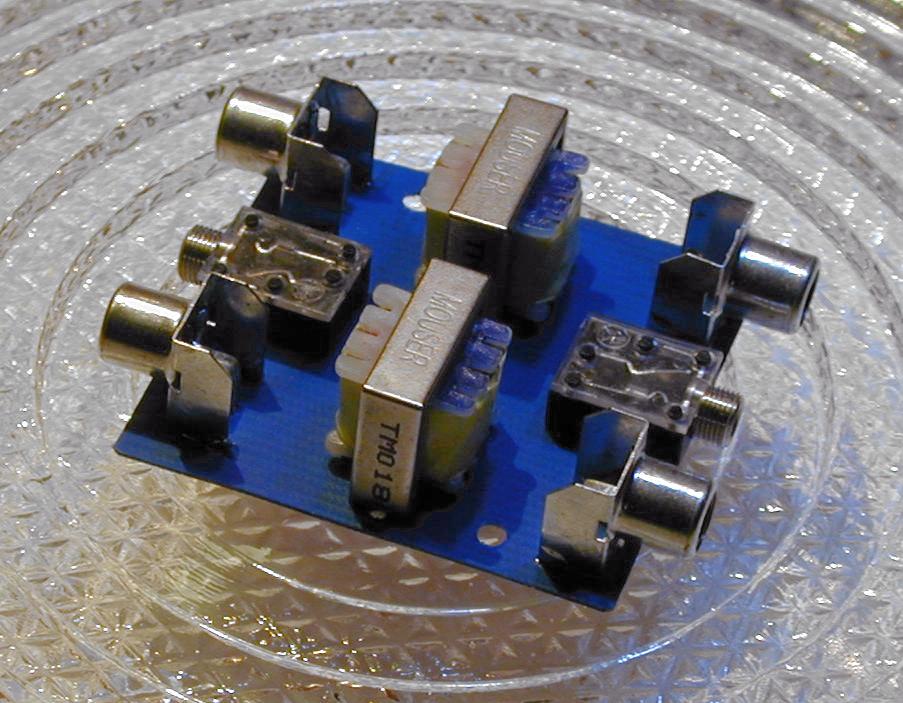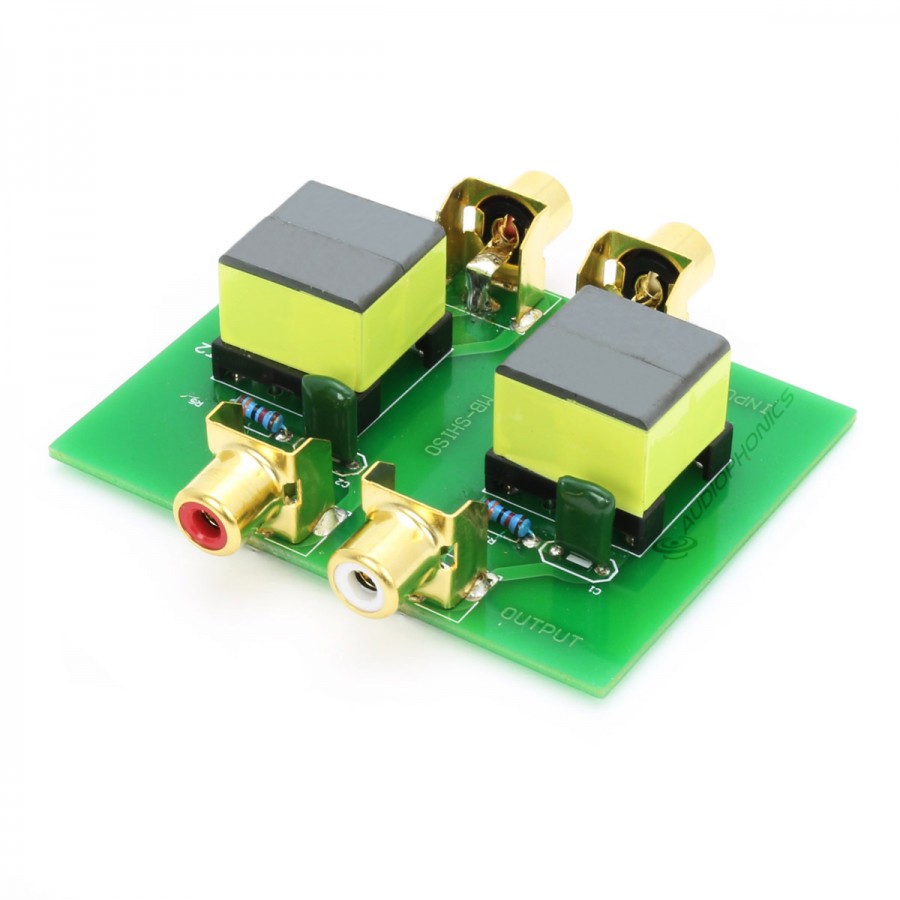
- #Ground loop isolator schematic how to
- #Ground loop isolator schematic manuals
- #Ground loop isolator schematic install
Ground loop isolators will help in finding a source (CD, DVD, etc.) which has a problem with its internal ground. If all else fails, use a ground loop isolator. Simply ground the frame of the offending component to the processor’s frame/chassis. Whichever source that causes the noise is the culprit. Each time you add a new component to the system, closely check for noise. Since no noise is heard, connect one input source at a time. Reducing the gain of the subwoofer and increasing the gain of the processor can also reduce the noise/hum problem. If you do not hear any noise/hum, then using a source grounded RCA cable (with 3 conductors) when reconnecting the subwoofer from its preferred placement. Otherwise, proceed to Step 3.īring the subwoofer closer to the processor and connect the sub using a 3-feet long RCA cable. Turn on the system and determine whether there is noise or not.
#Ground loop isolator schematic how to
Step-By-Step Procedure To Find The Noise Maker & How To Kill Itĭisconnect all input sources from the processor/receiver leaving only the subwoofer and output speakers connected to the processor/receiver. Frame Ground Cable Box to A/V Receiver/Processor A ground loop isolator can be used when there are different power sources present. When two or more AC power outlets are used, joining the frames of all components in the system will often solve or greatly reduce the hum problem. This method of noise reduction is called “Source Grounded Wiring.” On the source side, the shield conductor should be shorted between the ground and the shield itself. The shield conductor should be left open only on the receiving unit.

Home theater audio systems are a complex system with many components, especially on the source side.
#Ground loop isolator schematic manuals
Earthquake Sound recognizes that not all hum or buzz noise situations are the same and encourages you to contact tech support if you need further assistance.Ĩ.1 Related Manuals / Resources Introduction Please refer to the A/V System section of this guide for more details. You will need to locate the source of the noise, trap it, and kill it. The GLI-200 can be applied to a range of applications that accept an RCA input and output.ĭo not panic if you find that the GLI-200 increases noise.
#Ground loop isolator schematic install
This will give you a cleaner-looking install and allow it to be hidden out of sight. The compact and rugged construction of the GLI-200 allows for it to fit into virtually any audio system and can be mounted to any surface with its built-in mounting bracket. The GLI-200 was designed to remedy most situations where a ground loop creates an unwelcomed hum or buzz noise that some experience in their audio systems. Unlike other products on the market, Earthquake’s GLI-200 is constructed with high-quality components and will not roll off the low-frequency response due to undersized transformers resulting in substandard performance. The GLI-200 comes with an impedance of 600 right out of the box matching that of the industry standard.

If using a substandard product, your A/V receiver has to deliver 3X more current and or compromise the output level. The standard A/V receiver output is 600 yet most ground loop isolators on the market today have 200 at best. The Earthquake Sound GLI-200 is a device that was designed to resolve most issues of ground loop noise or buzzing which can be common in audio systems due to ground loop.


 0 kommentar(er)
0 kommentar(er)
